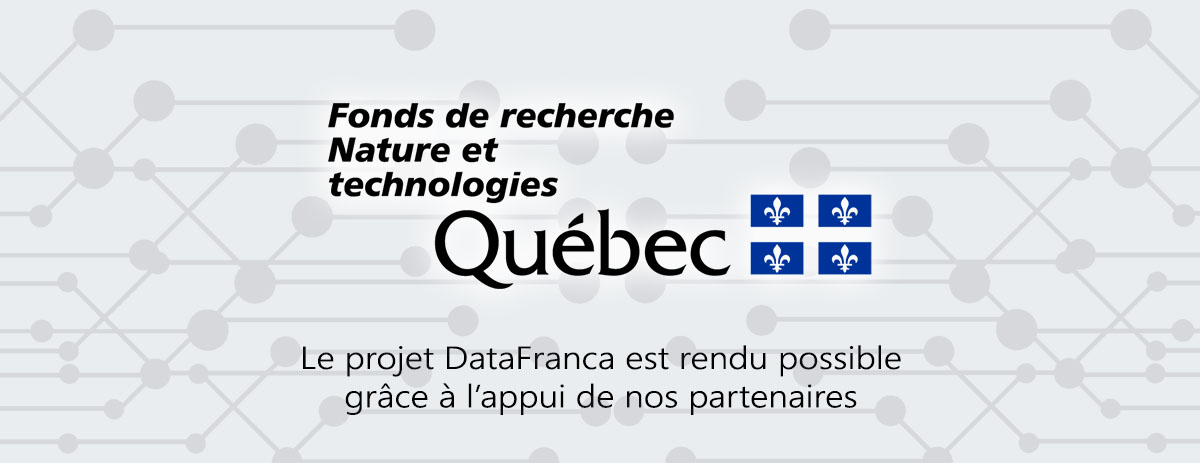« Données hors distribution » : différence entre les versions
(Page créée avec « ==en construction== == Définition == XXXXXXXXX == Français == ''' XXXXXXXXX ''' == Anglais == ''' out-of-distribution data''' A crucial criterion for deploying a... ») |
Aucun résumé des modifications |
||
| (9 versions intermédiaires par 3 utilisateurs non affichées) | |||
| Ligne 1 : | Ligne 1 : | ||
== | == Définition == | ||
Données collectées à un moment différent, et éventuellement dans des conditions différentes ou dans un environnement différent, par rapport aux données collectées pour créer le modèle. | |||
La détection des données hors distribution est cruciale pour assurer la fiabilité et la sécurité des systèmes d'apprentissage automatique. | |||
== Français == | == Français == | ||
''' | '''données hors distribution''' | ||
'''données hors domaine''' | |||
== Anglais == | == Anglais == | ||
''' out-of-distribution data''' | ''' out-of-distribution data''' | ||
''' out of distribution data''' | |||
'''out-of-domain data''' | |||
'''out of domain data''' | |||
'''OOD''' | |||
==Sources== | |||
[ | [https://ai.stackexchange.com/questions/25968/what-is-the-difference-between-out-of-distribution-detection-and-anomaly-detecti Source: AI Stack Exchange] | ||
[https://deepchecks.com/glossary/out-of-distribution/ Source : Deep Checks ] | |||
[[Catégorie: | [[Catégorie:GRAND LEXIQUE FRANÇAIS]] | ||
Dernière version du 17 août 2024 à 14:50
Définition
Données collectées à un moment différent, et éventuellement dans des conditions différentes ou dans un environnement différent, par rapport aux données collectées pour créer le modèle.
La détection des données hors distribution est cruciale pour assurer la fiabilité et la sécurité des systèmes d'apprentissage automatique.
Français
données hors distribution
données hors domaine
Anglais
out-of-distribution data
out of distribution data
out-of-domain data
out of domain data
OOD
Sources
Contributeurs: Claude Coulombe, Imane Meziani, wiki







